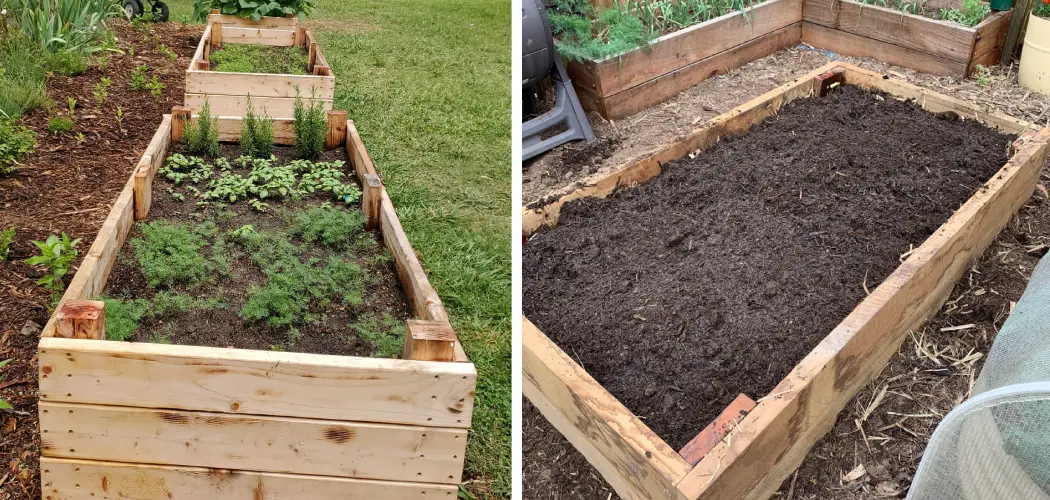As winter loosens its grip and the days grow longer, gardeners eagerly anticipate the arrival of spring—a season of renewal and abundance in the world of plants. However, before basking in the beauty of blooming flowers and lush foliage, diligent preparation is essential to ensure garden beds are ready to embrace the upcoming growing season.
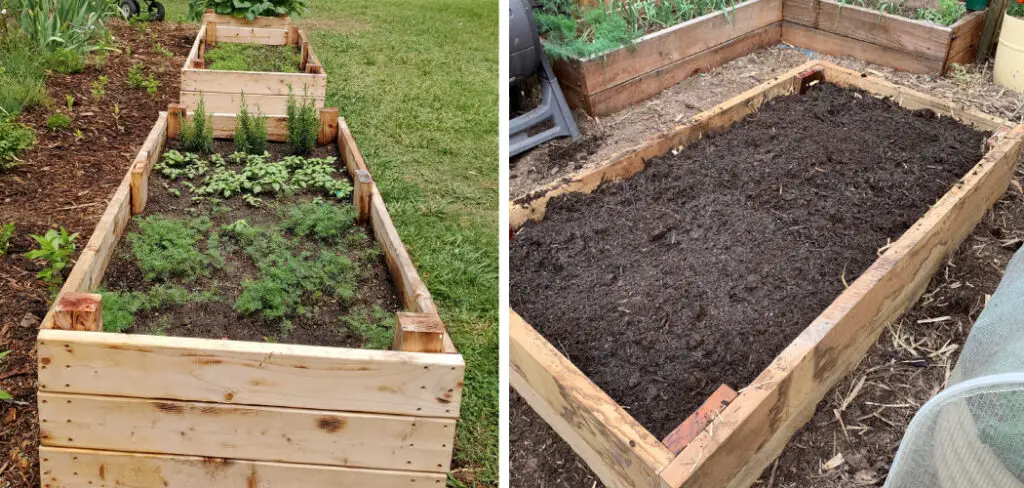
Prepping garden beds for spring is a vital step in nurturing healthy, thriving plants and maximizing their potential. From clearing away winter debris and amending the soil to planning the layout and selecting the right plants, this article will delve into a comprehensive guide on how to prep garden beds for spring, transforming your garden into a vibrant haven of color and vitality.
Importance of Preparing Garden Beds for Spring
Preparing garden beds for spring is essential for getting your plants off to a good start. It helps create the optimal conditions for healthy roots, vigorous growth, and lush blooms.
Preparing the soil properly also loosens up compacted areas and allows air, water, and nutrients to penetrate better.
To adequately prepare garden beds for springtime planting, it’s important to start by removing any winter debris. This could include leaves, dead plants, and weeds. Then, dig six to eight inches deep into the soil using a shovel or spade and break up large clods of dirt.
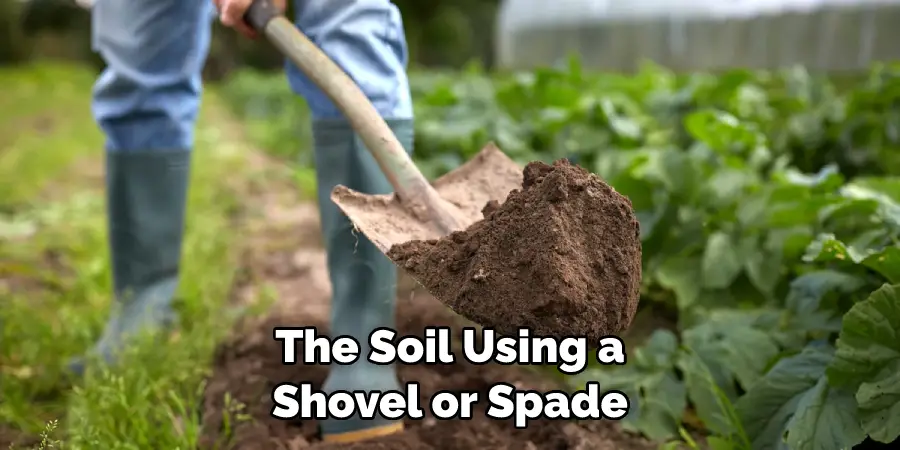
Next, spread an organic fertilizer in the garden bed and mix that into the topsoil with a rake or hoe. Once this is complete, it’s a good idea to cover the soil with an inch or two of mulch.
Finally, water the garden bed and let it sit for a few days to give the fertilizer and other nutrients time to work into the soil. After this, your garden bed should be ready for planting seeds or seedlings.
Taking the time to properly prepare your garden beds will help you have an abundant harvest in the spring, and ensure that your plants are healthy all season long.
When selecting soil amendments such as fertilizer and mulch for your garden beds, make sure to choose products specifically designed for vegetable gardens. Ask your local nursery or gardening center for more information on what type of amendment would be best suited to the type of soil in your area.
With the right preparation, you can look forward to an abundant harvest this spring! Taking the time to properly prepare your garden beds is a great investment that will pay dividends come harvesting season.
Benefits of Early Planning for a Flourishing Garden
Planting a garden can be both an expressive and functional way to enjoy your outdoor space. To ensure that you have the most success with your garden beds, it is important to plan ahead for spring gardening. By preparing the soil, selecting suitable plants and scheduling for optimum growth, you will be well on your way to cultivating beautiful flowers and vegetables in your garden!
One of the most important steps in prepping your garden beds for spring is to invest in quality soil. This means that you should select a nutrient-rich, well-draining soil that provides essential nutrients and minerals to promote healthy plant growth. A balanced blend of organic matter and compost will make your garden beds more fertile and support better yields. By taking the time to condition the soil before planting, you will be able to create a hospitable environment for your plants and improve drainage.
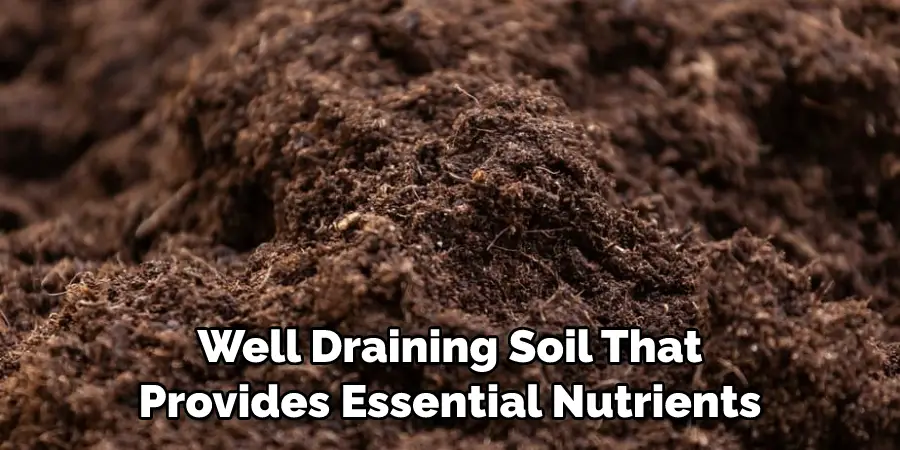
In addition to preparing the soil, it is important to select appropriate plants for your garden beds. Each plant has its own unique requirements for sunlight, water and nutrients that need to be taken into consideration. Do some research on various options so that you can select plants that are suited to your climate and soil type. When planting, ensure that each plant is adequately spaced out for optimal growth.
10 Methods How to Prep Garden Beds for Spring
1. Clear Away Winter Debris:
The first task in prepping garden beds for spring is to clear away the remnants of winter. Remove fallen leaves, dead plants, and any debris that has accumulated during the colder months. This debris can harbor pests and diseases, which may negatively impact your plants as the weather warms up. Clearing the garden beds not only enhances the aesthetics but also creates a clean slate for new growth to emerge.
2. Amend the Soil:
Healthy soil is the foundation of a successful garden. Before spring arrives, assess the quality of your soil and amend it as needed. Conduct a soil test to determine its pH and nutrient levels. Based on the test results, add organic matter such as compost, well-rotted manure, or leaf mold to improve soil structure and fertility. Amending the soil ensures that your plants have access to essential nutrients, facilitating robust growth and resilience against pests and diseases.
3. Remove Weeds:
Weeds can be relentless competitors for resources and space in your garden. Spring is an opportune time to tackle weed growth before it gets out of hand. Gently pull out young weeds by hand, making sure to remove the entire root system to prevent regrowth. Applying a layer of mulch after weeding can help suppress weed growth and conserve soil moisture.
4. Address Pest and Disease Issues:
Inspect your garden beds for signs of pests and diseases. Prune away any infected or damaged plant material and dispose of it properly. Consider using natural pest control methods, such as introducing beneficial insects or employing organic sprays, to manage pests effectively. Preventive measures like crop rotation can also help reduce the risk of recurring pest and disease problems.
5. Plan the Garden Layout:
A well-planned garden layout maximizes space, improves aesthetics, and enhances plant performance. Sketch out a garden design, considering factors like sunlight exposure, plant height, and companion planting.
Group plants with similar water and sunlight requirements together to streamline maintenance and optimize water usage. Additionally, allow enough space between plants for proper air circulation, which can help prevent diseases.
6. Prepare for Early Planting:
Certain cool-season crops can be planted as soon as the soil is workable in early spring. Prepare the garden beds for these early plantings by raking the soil to create a smooth and even surface. Raised beds can warm up faster than ground-level beds, providing an ideal environment for early vegetables like lettuce, spinach, and radishes.
7. Mulch for Moisture Conservation:
Mulching is an invaluable practice that helps conserve soil moisture, suppresses weed growth, and moderates soil temperature. Apply a layer of organic mulch, such as straw, wood chips, or shredded leaves, around your plants. This protective covering not only retains moisture but also enriches the soil as it breaks down over time.

8. Prune and Shape Shrubs and Perennials:
Pruning and shaping shrubs and perennial plants in early spring promote healthy growth and maintain their form. Remove any dead or damaged branches, and trim back overgrown growth. Pruning stimulates new growth, ensuring your plants develop a robust structure and produce an abundance of flowers or fruits during the growing season.
9. Check and Maintain Irrigation Systems:
Proper irrigation is vital for a successful garden, and ensuring that your irrigation system is in good working condition is crucial. Check for leaks, clogs, or damaged components in your irrigation system, and make necessary repairs. Adequate and consistent watering supports healthy root development and overall plant vigor.
10. Start Seeds Indoors:
For a head start on the growing season, start seeds indoors in seed trays or pots. This method allows you to nurture seedlings in a controlled environment until they are ready to be transplanted into the garden. Choose the appropriate growing medium and provide adequate light and warmth for successful germination. Transplant the seedlings outdoors when the threat of frost has passed, ensuring a seamless transition to your well-prepped garden beds.
Things to Consider When Preparing Garden Beds for Spring
There are several things to consider when preparing garden beds for spring. The first is deciding what type of soil and amendments you will be using. For most gardens, a general-purpose garden mix with organic material like compost or peat moss is best. If your garden bed has heavy clay or sandy soils, you may need to add amendments such as perlite or vermiculite to improve drainage and aeration.
The next step is to determine the location of your garden bed. When selecting a spot for your garden, take into account how much sun it will receive and make sure it is easily accessible for maintenance and harvesting.
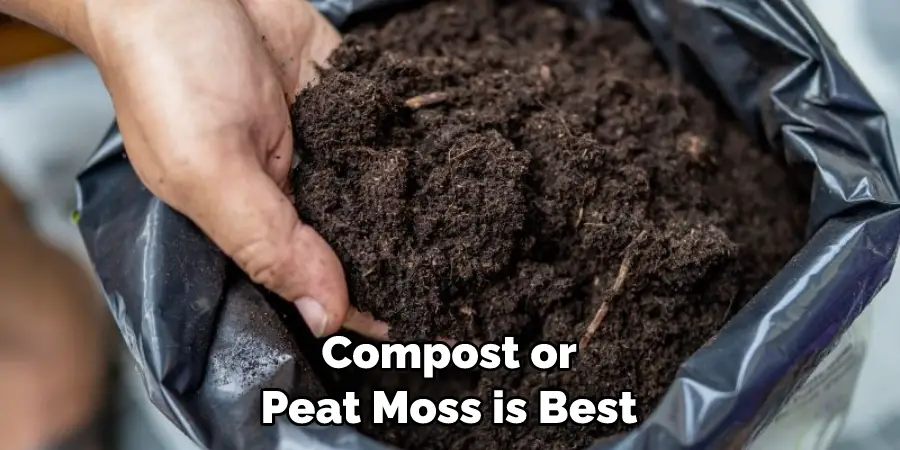
Once you have chosen the perfect spot, you can start preparing the soil. Start by removing any weeds or debris from the area and adding a layer of compost or organic material to nourish the soil. Tilling helps to break up compacted soil, improve drainage, and make it easier for roots to penetrate the soil.
Finally, you can start planting your spring vegetables and flowers in the prepared garden bed! Before buying plants or seeds, make sure they are appropriate for your climate and the spacing requirements of the plants.
After planting, water your garden thoroughly and mulch to protect against weeds and keep soil moist. With proper care, you can look forward to a productive spring gardening season!
Conclusion
Spring time is the perfect time to take care of your garden beds, and with a little TLC you can give your garden the extra boost it needs to thrive. It takes some work, but with the correct steps you can have healthy soil for all of your plants and vegetables.
From weeding, loosening up soil composition, as well as proper fertilization, these are all essential components in thoroughly preparing any type of garden bed.
Additionally, ensuring that you have enough space between plants allows water and air to circulate properly so that each individual plant gets the nourishment it needs. If you can commit to dedicating some sore to prep the garden before spring comes you will find yourself witnessing organic growth during this upcoming season!
So if you’re looking for an easy way on how to prep garden beds for spring – now you know!
You Can Check It Out to Kill Mushrooms in Flower Bed

